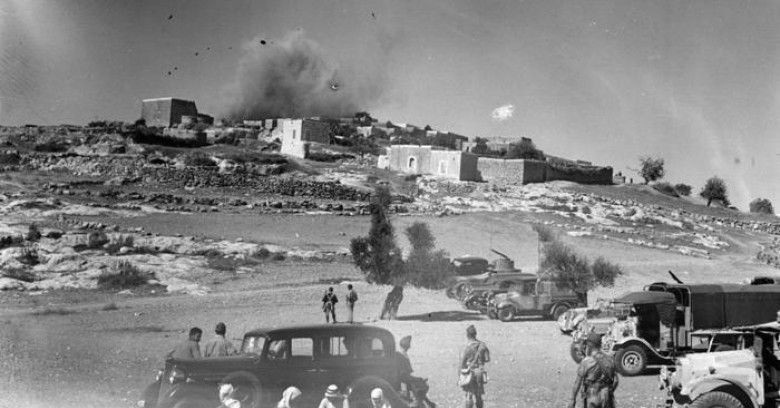RAMALLAH, September 6, 2015 (WAFA) –
Back in May, it was the first time Palestine’s flag flew high in the Vatican City,
when President Mahmoud Abbas met with Pope Francis.
But now, both
Palestine and the Holy See, the only two countries to have a “Non-Member
Observer State” status, are eager to see their flags waving at the largest
international body, the United Nations, pending a formal resolution.
Palestinians are therefore
enthusiastically looking forward to seeing their national flag waving at
international organizations, and are waiting for a “yes” by the majority of the
UN member states to reach a resolution. The UN is due to vote on a resolution that,
among its provisions, will allow the flags of non-Member Observer States to be
raised at the UN headquarters and offices.
Israel’s ambassador to the UN, Ron
Prosor, opposed the move, and said the Palestinians were “attempting to change
longstanding protocols and traditions” of the UN.
Palestinians are looking
forward to having their flag fly at this avenue, where resolutions of worldwide
significance are taken, and where Palestine’s bid for a non-Member Observer
State status was once made a success.
The Palestine flag is similar to the
Flag of the Arab Revolt, and is used to represent the Palestinian people. It is
a combination of three equal horizontal stripes (black, white, and green from
top to bottom) overlaid by a red triangle issuing from the hoist. These are the
Pan-Arab colors.
Prior to being the flag of the
Palestinian people, it was the flag of the short lived Arab Federation of Iraq
and Jordan. The flag of the Arab Revolt had the same graphic form, but the colors
were arranged differently (white on the bottom, rather than in the middle).
In 1948, the flag
of the Arab Revolt was adopted by the All-Palestine Government, and was
recognized subsequently by the Arab League as the flag of Palestine. A modified
version has been used in Palestine at least since the late 1930s and was
officially adopted as the flag of the Palestinian people by the Palestine
Liberation Organization (PLO) in 1964. On November 15, 1988 the PLO adopted the
flag as the flag of the State of Palestine.
In 1967, immediately
following the Israeli occupation of the West Bank and Gaza, Israel banned the
Palestinian flag in the occupied Gaza Strip and West Bank.
A 1980 law
forbidding artwork of 'political significance' also banned artwork
composed of its four colors, and Palestinians were arrested for displaying such
artwork. The ban was nonetheless abolished after the signing of the Oslo Peace
Accords in 1993.
M.N/M.H











